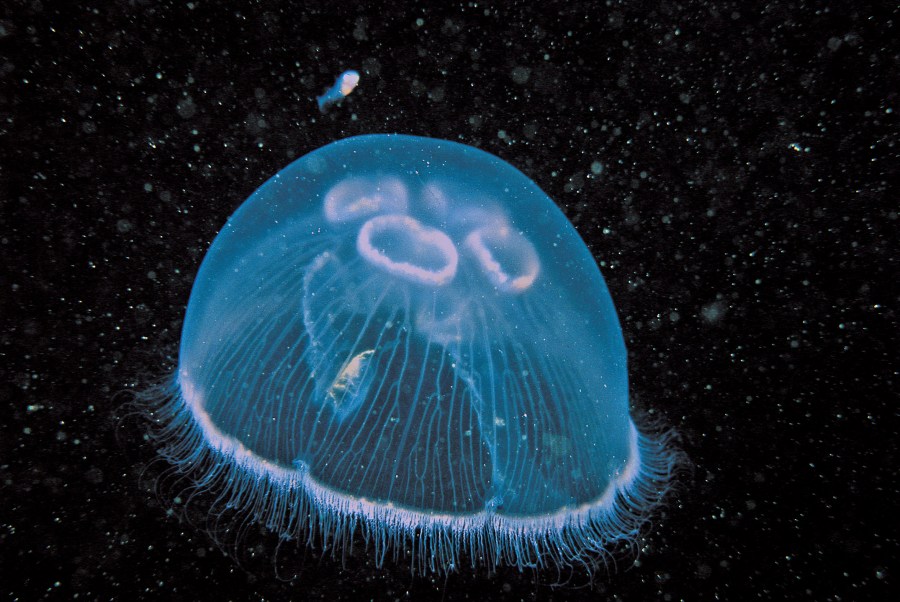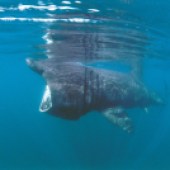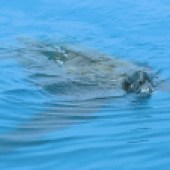Thinking of heading to the beach this weekend to make the most of the summer sunshine? Then be sure to keep your eyes open when you’re in the water. The
Marine Conservation Society (MCS), the UK charity dedicated to protecting our seas and shores, is asking members of the public to report any sightings of turtles, jellyfish and basking sharks. A form on their website makes it easy to do so and all sightings are plotted on an interactive map.
According to Richard Harrington of the MCS, gathering this public data is vital for the preservation of Britain’s rich marine life: ‘It helps us build a valuable picture of how these mobile species are distributed. This can help work out where important sites for activities like feeding and breeding might be, and determine where protected areas might be put in place,’ he says, adding, ‘We’ve seen people become more and more engaged in recent years.’
Jellyfish are most numerous when water temperatures start to rise. You’ll find them blooming all over the UK in spring and summer. Some kinds are most common in the north, others in the south. Liverpool Bay, between north Wales and Lancashire and Merseyside, is one of the best places to spot all of the species of jellyfish found in the UK.
Turtle sightings tend to peak towards the end of summer, in September. Roaming the seas around the Southwest in May, basking sharks have moved towards the Isle of Man by June and July and to the west coast of Scotland by August and September.
As well as collecting data on these marine animals, the MCS collaborates with other groups to gather information on the wildlife that divers are seeing off our shores. They also encourage members of the public to send in pictures and information about alien species they’ve noticed, such as Japweed (Sargassum muticum), an invasive species of seaweed from Japan.
For more information visit the MCS website and look out for Richard Harrington’s monthly Shore Spotter’s Guide in coast
magazine.










